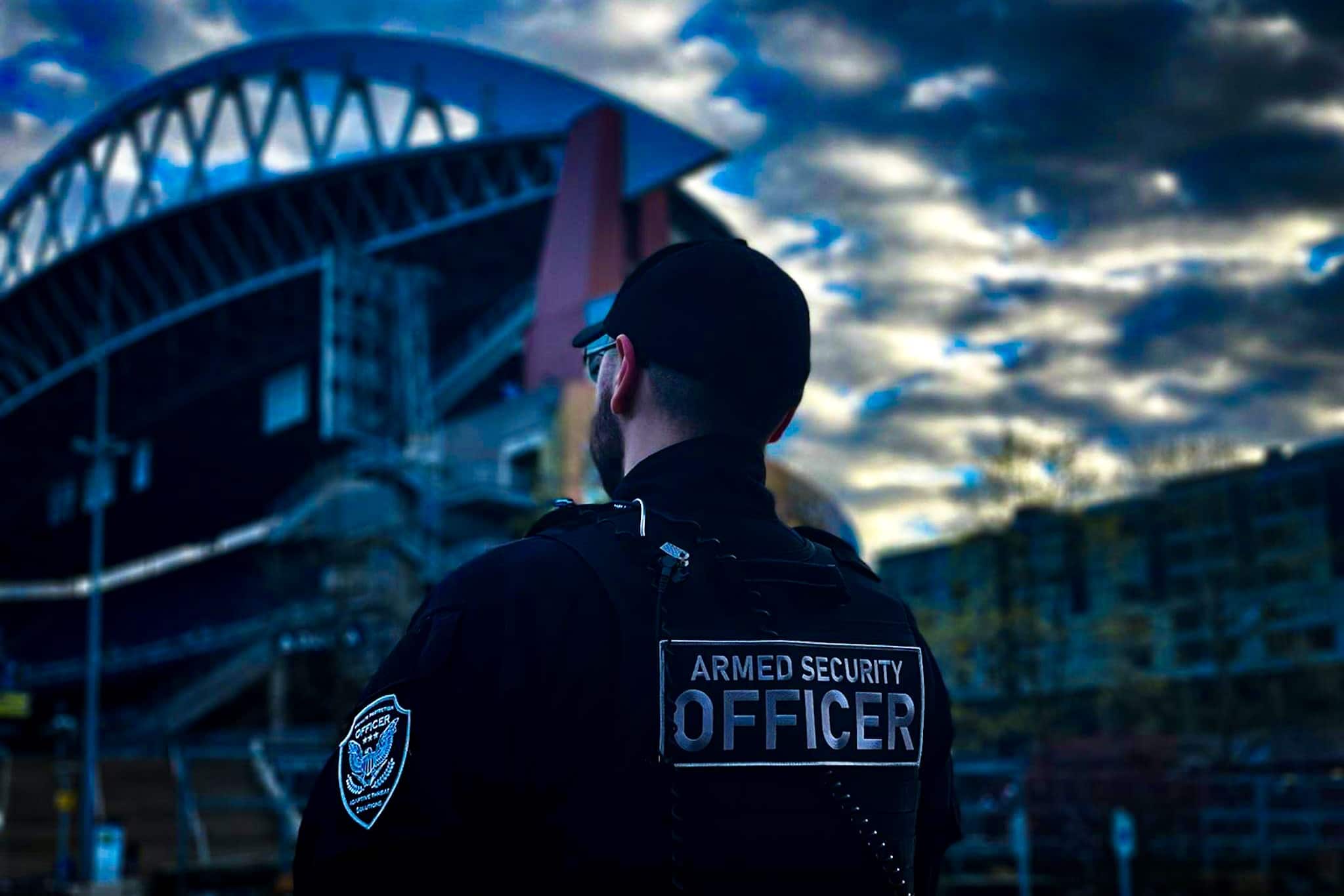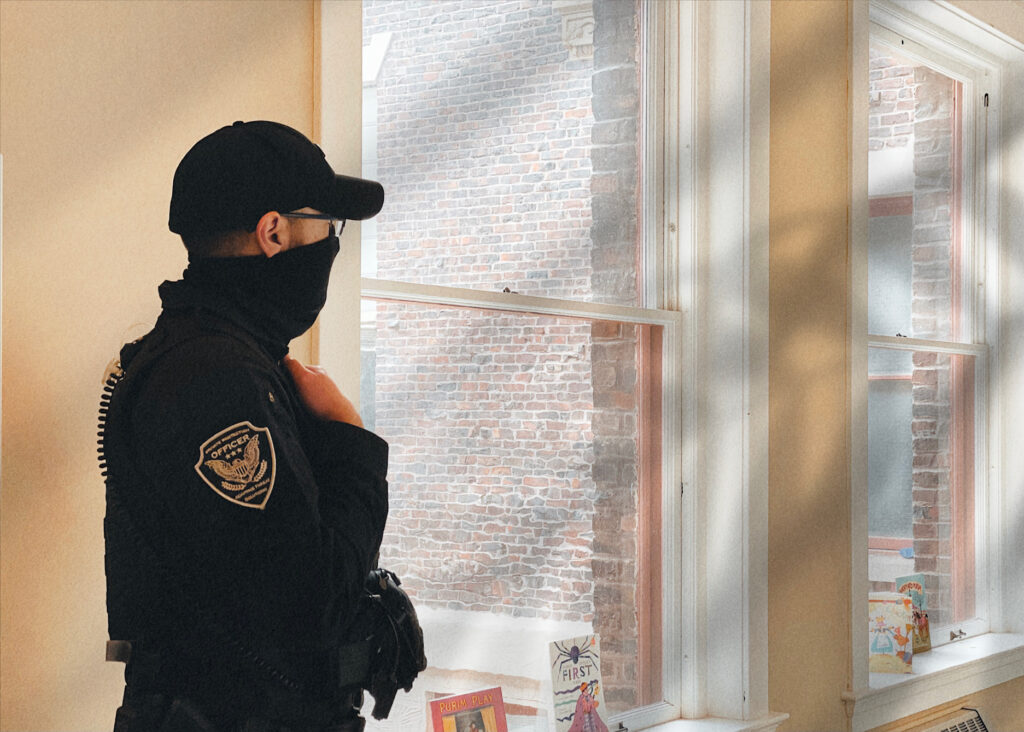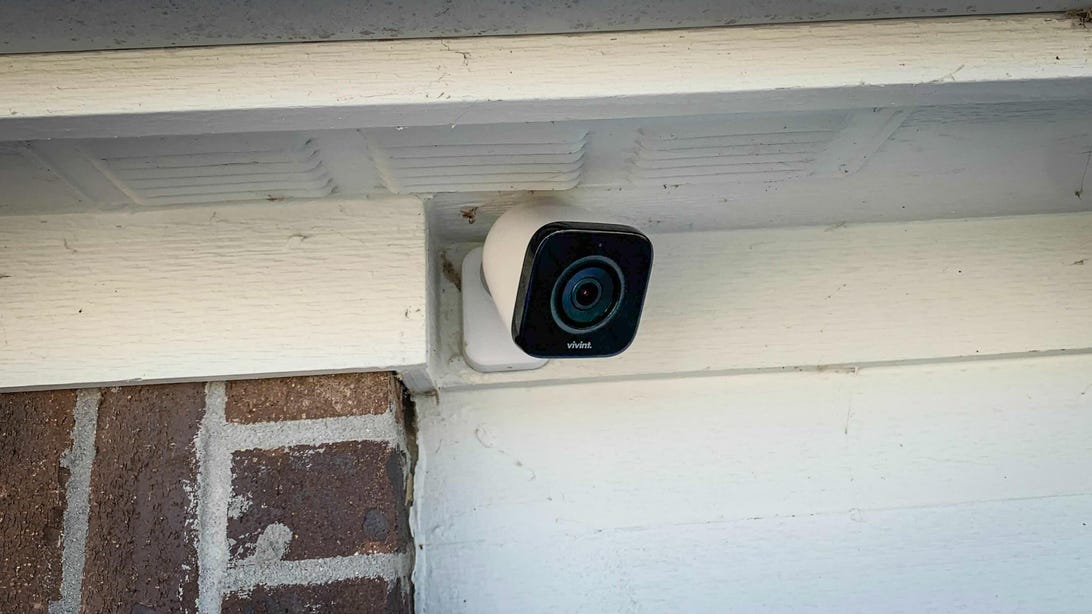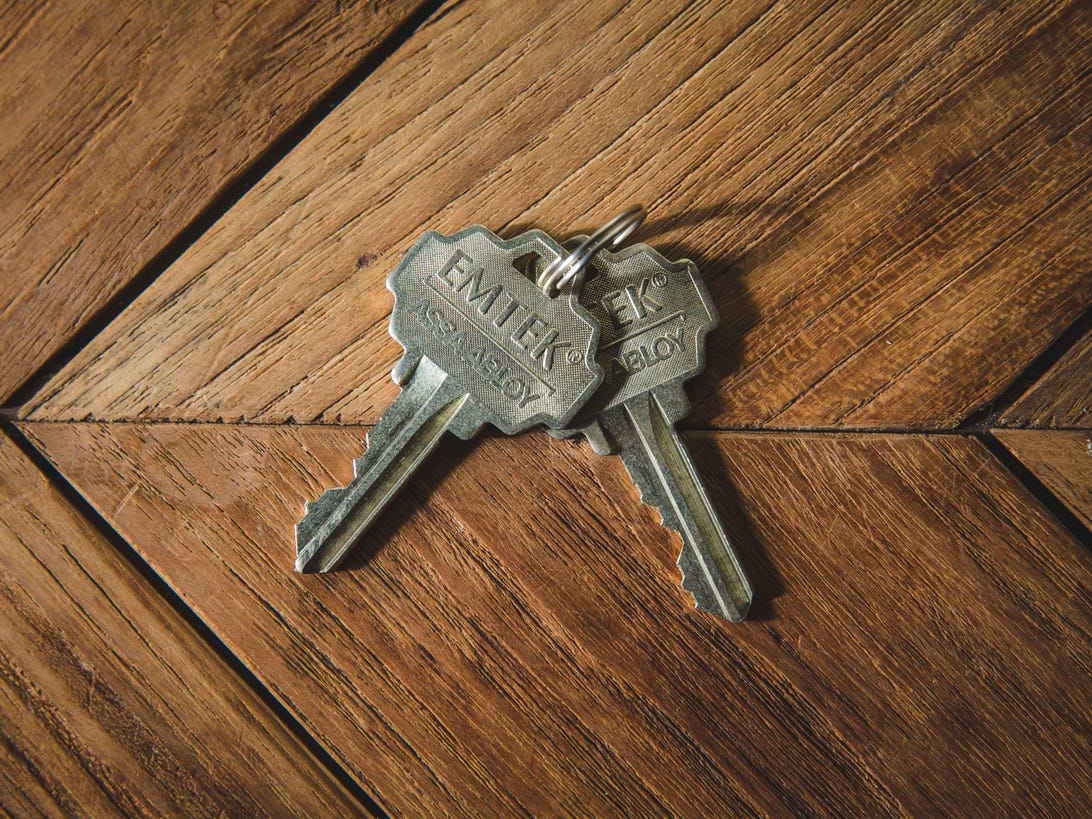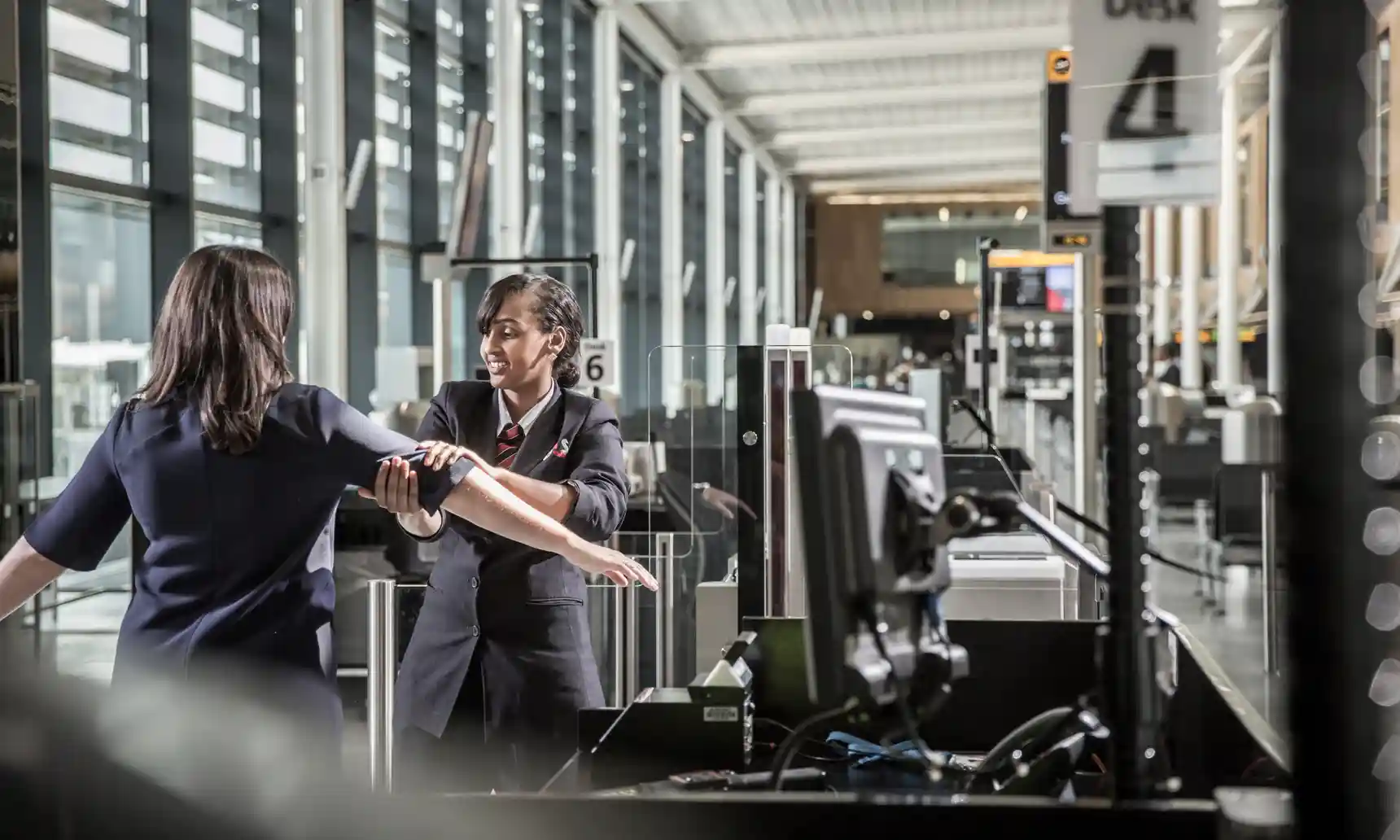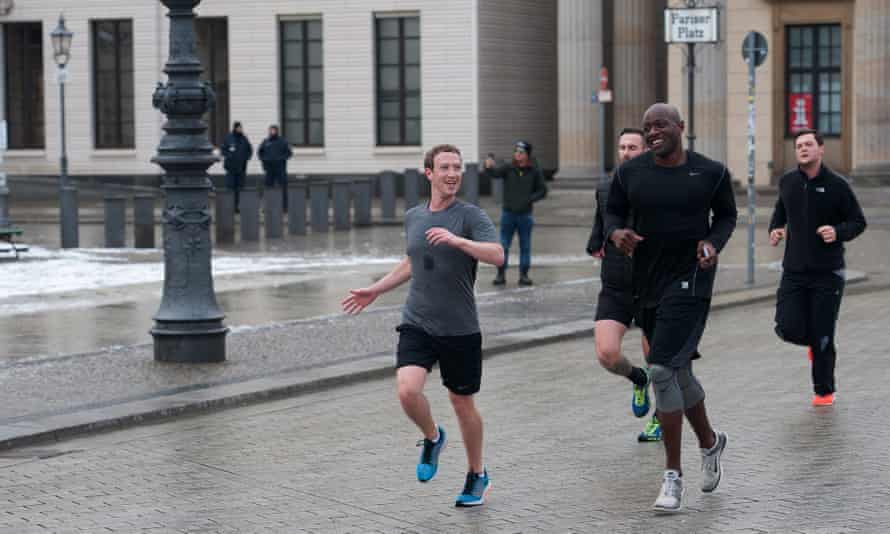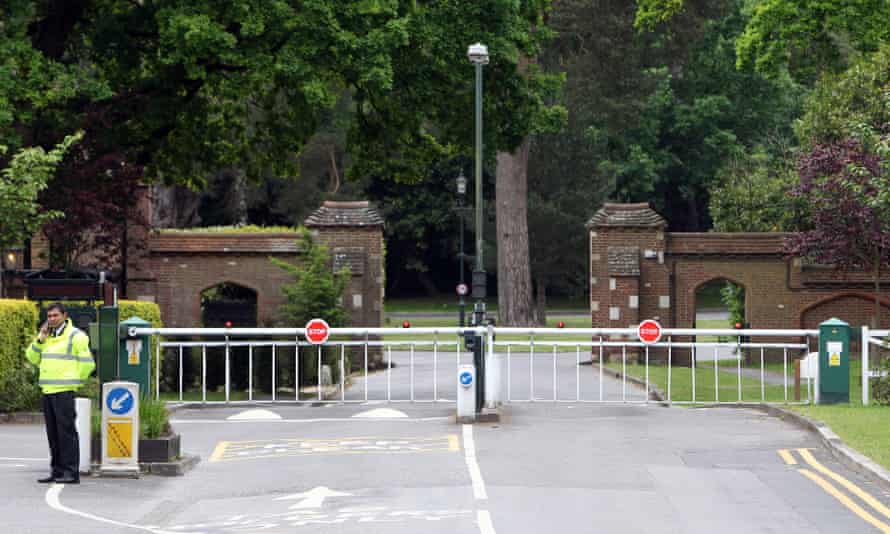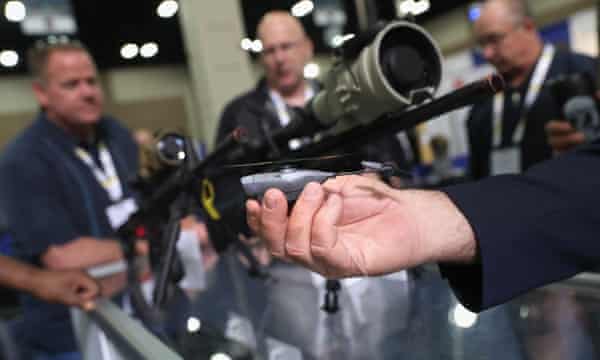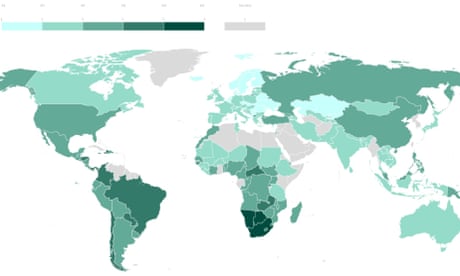Foot patrols are not a silver bullet, but when implemented in careful, thoughtful ways in violent crime hot spots, they can reduce and prevent violence
his essay is reprinted with permission from the Violence Reduction Project
By Jerry Ratcliffe and Dr. Evan Sorg
In Philadelphia, 2020 was the deadliest year in 30 years. As of December 2020, the Philadelphia Police Department has recorded 466 homicides, a 39% year-to-date increase relative to 2019.
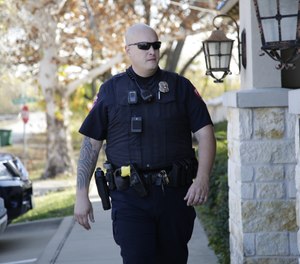
In 2007, Jeremy Travis, then President of John Jay College of Criminal Justice, testified to the United States Senate’s Judiciary Committee. He described a 23% two-year increase (from 375 in 2004 to 406 killed in 2006) as “stunning.”
Like many other cities across the country, Philadelphia is facing a raging pandemic and an increase in crime-related killings. The number of lives lost to violence in 2020 will be an increase of over 100 for a city that “only” had 241 in 2014. We will likely double that total in 2020.
AN IMMEDIATE RESPONSE IS REQUIRED
2020 is unprecedented. Criminologists will likely spend the coming years trying to explain the causes of the devastating uptick in murders being experienced around much of the country. Although such hypothesizing and theory-testing will no doubt be reported in academic journals in the years to come, cities around the country are grappling with rising violence now. An immediate response is required.
Notwithstanding challenges on multiple fronts that are unique to 2020, recent history in Philadelphia and academic research conducted over the past several decades, provides an evidence-based blueprint for one thing urban police departments can do to tackle violence immediately: foot patrol.
Any plan must deal with the practicalities of the day. It is clear that the outgoing presidential administration will leave in its wake (at least) two interrelated crises that will complicate the ability of local jurisdictions to successfully implement crime reduction activity:
- A failure to develop a coherent nation plan and promote best practices to contain the spread of the COVID-19 pandemic.
- A failure to provide sustained financial relief to local jurisdictions that have been economically devastated due to the virus.
Therefore, ANY plan to implement crime prevention programs must be offered with an eye to both budgetary constraint and sensitive to the fact that many communities – particularly already disadvantaged communities – are facing significant economic hardship that has swollen due to COVID-19.
These communities have also borne the brunt of the recent homicide increases in their neighborhoods. Immediate crime prevention plans must also be implemented in the context of a raging pandemic. As if 2020 hadn’t doled out enough, the awful death of George Floyd at the hands of Minneapolis police officer Derek Chauvin and the civil unrest that followed has exacerbated police-community relations. This is why it is particularly instructive to examine Philadelphia’s experience with crime and policing under the leadership of Mayor Michael Nutter and Police Commissioner Charles Ramsey from 2008-2016, and specifically their advocacy for police foot patrols in crime hot spots.
SCIENTIFICALLY EVALUATING POLICING INTERVENTIONS
As we enter 2021, many local leaders are grappling with environments where homicides are up, economic circumstances are bleak, and confidence in police is at historic lows. Philadelphia Mayor Michael Nutter began his first term in 2008 facing similar circumstances (absent a pandemic). The 2008 financial crisis hit the nation during Nutter’s first year in office, forcing him to abandon ambitious plans and drastically cut budgets. Homicides in Philadelphia would come down slightly during the year before Nutter’s tenure, but homicides and other violent crimes were still near record highs for the decade when he assumed office.
Nutter made crime reduction a central theme in his mayoral campaign, and he even ambitiously promised to reduce homicides in Philadelphia by 30-50% during his first 3-5 years in office. Politicians tend to have wildly optimistic rhetoric when campaigning, but he was ultimately successful. Nutter tasked his new Police Commissioner, insightful and smart veteran Charles Ramsey, to lead this charge.
Ramsey was a police leader in Chicago during the rollout of the Chicago Alternative Policing Strategy in the 1990s when he worked alongside academics like Wesley Skogan to evaluate the new community policing philosophy. Ramsey gained an understanding of the importance of evaluating the effectiveness of policing interventions with scientific methods. He also had an affinity for foot patrolling, and so upon taking over leadership of the Philadelphia Police Department he expanded the use of foot patrols in the city.
Although a post-hoc analysis of the effectiveness of these early foot patrols was conducted by one of us (Ratcliffe) and Travis Taniguchi, the Philadelphia Police Department recognized that there were limits to what such an analysis could tell them. It also became clear to then-Deputy Commissioner Kevin Bethel that a more robust evaluation was necessary to truly understand whether the foot patrols were effective. As he explains in this video, Bethel had not originally thought that foot patrol would work, but after being provided with the results of the initial analysis, Bethel phoned Ratcliffe and invited him to design a more robust experimental evaluation of foot patrols; the Philadelphia Foot Patrol Experiment. It would become the first of two experiments testing the effectiveness of foot patrol at hot spots.
Our research in Philadelphia coupled with research conducted over the preceding decades can be summed up as follows:
- Foot patrols are not a silver bullet, but when implemented in careful, thoughtful ways in violent crime hot spots, they can reduce and prevent violence.
- The public supports them. Foot patrols leave the public more satisfied with their police departments, and less fearful of crime victimization.
Foot patrols were found to reduce violent crime at foot beats by 23% in 2009 relative to standard police patrols during the Philadelphia Foot Patrol Experiment. They were not, however, successful in reducing crime during the Philadelphia Policing Tactics Experiment. The reasons for the difference are an important lesson in implementation. What follows is a summary of the findings reported in our book and several academic journal articles that we have published on the topic with our colleagues. Readers interested in the methodological aspects of the summary that follows, or interested in further reading, can consult this website where more technical academic journal articles are linked.
CRIME IS CONCENTRATED
A natural starting point for any foot patrol program is to identify where crime is most problematic and use this knowledge to develop foot beat locations. Contrary to common wisdom, crime is not randomly distributed across the urban landscape. Rather, it is highly concentrated at geographic areas smaller than the administrative boundaries like sectors that sometimes dictate where police will patrol.
Hot spots are most often operationalized as individual streets, street corners, a single building, or small clusters of these locations. Traditional beat areas used for car patrols, neighborhoods, or communities, are usually too large for foot patrol. For the smaller areas necessary for this work, well-trained crime analysts can aggregate crime incidents that have occurred over a preceding year or so to these geographic units and figure out this information.
This was performed prior to both the Philadelphia Foot Patrol Experiment and the Philadelphia Policing Tactics Experiment. You do not need a lot of time to amass violence in Philadelphia. Violent crimes that occurred in the three months prior to foot patrols being deployed were aggregated to street corners and were mapped in a way that depicted where high crime corners were surrounded by other high crime corners. Police leaders then used their experience to draw foot beats that not only encompassed these hot spots but also incorporated key features of the area, such as bodegas or bars.
THE VALUE OF FOCUSED FOOT BEATS
We learned that the size of a foot beat is important. On the one hand, beats that are too large will dilute any deterrent effect of the foot patrols, while beats that are too small can result in boredom and a feeling of monotony among officers. They may begin to stray from their beats, further diluting any deterrent effect. During the Philadelphia Foot Patrol Experiment, officers patrolled beats that contained about 1.3 miles of streets and 15 intersections. As noted, 23% less crime occurred in those beats that were patrolled.
During the subsequent Philadelphia Policing Tactics Experiment, foot patrol areas were much larger, and this was a mistake. They contained three miles of streets and 24 street intersections. Crime was not reduced by any meaningful amount, and we suspect that the size of the beats was a contributing factor. We would recommend erring on the side of smaller beats that more closely align with those delineated during the Philadelphia Foot Patrol Experiment. More focused is better.
A second important consideration when planning for foot patrols is to think about what type of officer is best suited for the job. In the Philadelphia Foot Patrol Experiment, 240 police officers were set to graduate from the academy, and these rookies spent their first three months on the job walking. In the Philadelphia Policing Tactics Experiment the next summer, veteran officers were utilized. This resulted in significant differences in recorded activity.
When the rookie officers worked in 2009, pedestrian stops increased by 64%, vehicle stops increased by 7% (yes, officers were stopping vehicles while they were on foot), arrests increased by 13% and 23% less violence was recorded. During the following summer’s experiment, the foot beats that the veteran officers worked saw pedestrian stops remain stable and vehicle stops and arrests decline. No significant crime reductions resulted. We believe that the differences in activity contributed to these disparate crime reduction findings. It seems that offenders are aware when the local officer is active rather than a scarecrow.
A CAREFUL BALANCE IS REQUIRED
We are not necessarily advocating for beefed-up enforcement efforts through arrests or pedestrian stops. Officers involved in these experiments reported that they saw value in both law enforcement and efforts to engage the community. They oftentimes took steps to strike a balance between the two. Recent history tells us that aggressive enforcement can backfire and be counterproductive, so great care must be taken to choose the right type of officer, and for management to provide direction to the officers as to what is expected of them.
Based on our research, we recommend striking a careful balance between the two. Sometimes, the consistent presence of an officer can be a strong deterrent, so increases in aggressive enforcement are unnecessary. This is especially true if community relations are to be prioritized alongside crime prevention.
But the officer cannot be a statue either. Crime opportunities blossom when offenders think they have anonymity. So, the officer must be active enough to know who the local people are, who should (and should not) be in the area, and be able to engage – positively – with everyone on their beat.
A final consideration is how often and how long officers should spend time on foot beats, and again we can offer guidance based on the disparate findings between the two experiments in Philadelphia. During the Philadelphia Foot Patrol Experiment, two pairs of officers spent their entire eight-hour shifts walking the beat for three months, alternating between 10 am-6 pm and 6 pm-2 am shifts. Veteran officers worked only one eight-hour shift a day for three months and were sometimes not paired up with another officer. What resulted was a dosage of about half that of the Philadelphia Foot Patrol Experiment. This, too, could be a contributor to the null findings resulting from the Philadelphia Policing Tactics Experiment.
INEXPENSIVE AND EFFECTIVE
Foot patrol has been a cornerstone of policing since modern police agencies were created, but it was not until relatively recently that we learned that how foot patrol is carried out really matters. That it encourages and demands officers get out into the fresh air during an air-born pandemic is a benefit unique to the current times. There are, though, several factors that must be contemplated for an intervention to be successful. Nevertheless, with thoughtful consideration, we believe that foot patrol can play a role in slowing the rises in homicide that are underway across the country. Done properly, foot patrol combines cost-effective positive community engagement with a reduction in the anonymity that is so often related to neighborhood mayhem. Even with the necessary planning prior to deployment that we discussed here, foot patrols are an inexpensive and effective way to deploy resources.
Click here to read more essays from the Violence Reduction Project
About the authors
Jerry Ratcliffe is a former British police officer, professor of Criminal Justice at Temple University and host of the Reducing Crime podcast. After an ice-climbing accident ended a decade-long career with London’s Metropolitan Police, he earned a first-class honors degree and Ph.D. from the University of Nottingham. Ratcliffe has been a research adviser to the FBI and the Philadelphia Police Commissioner, an instructor for the ATF intelligence academy, and he is a member of the FBI Law Enforcement Education and Training Council.
Dr. Evan Sorg is an assistant professor in the Department of Law and Justice Studies at Rowan University. He received his Ph.D. in Criminal Justice from Temple University in 2015. Prior to doing his graduate work he was a police officer with the New York City Police Department. His research involves police innovations, place-based criminology and the evaluation of policing interventions.

